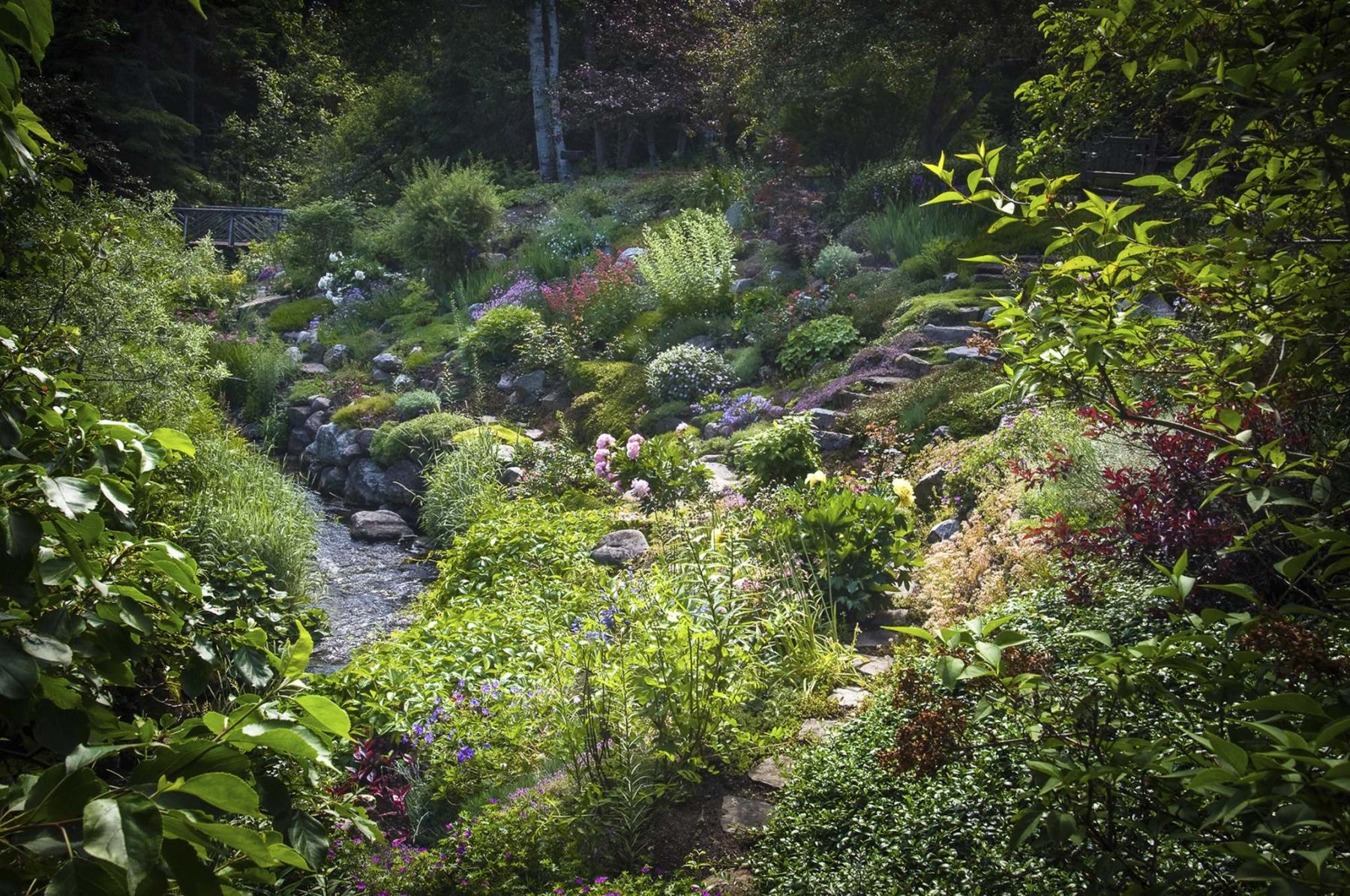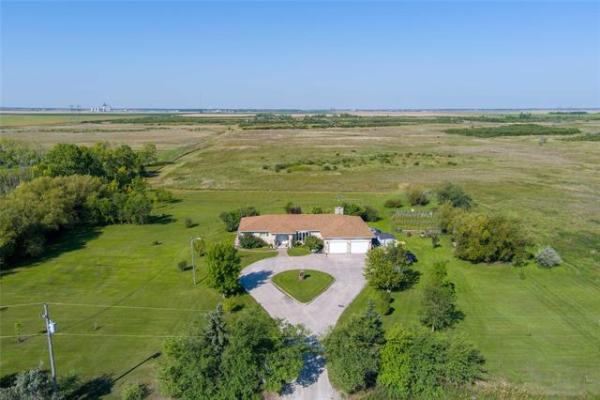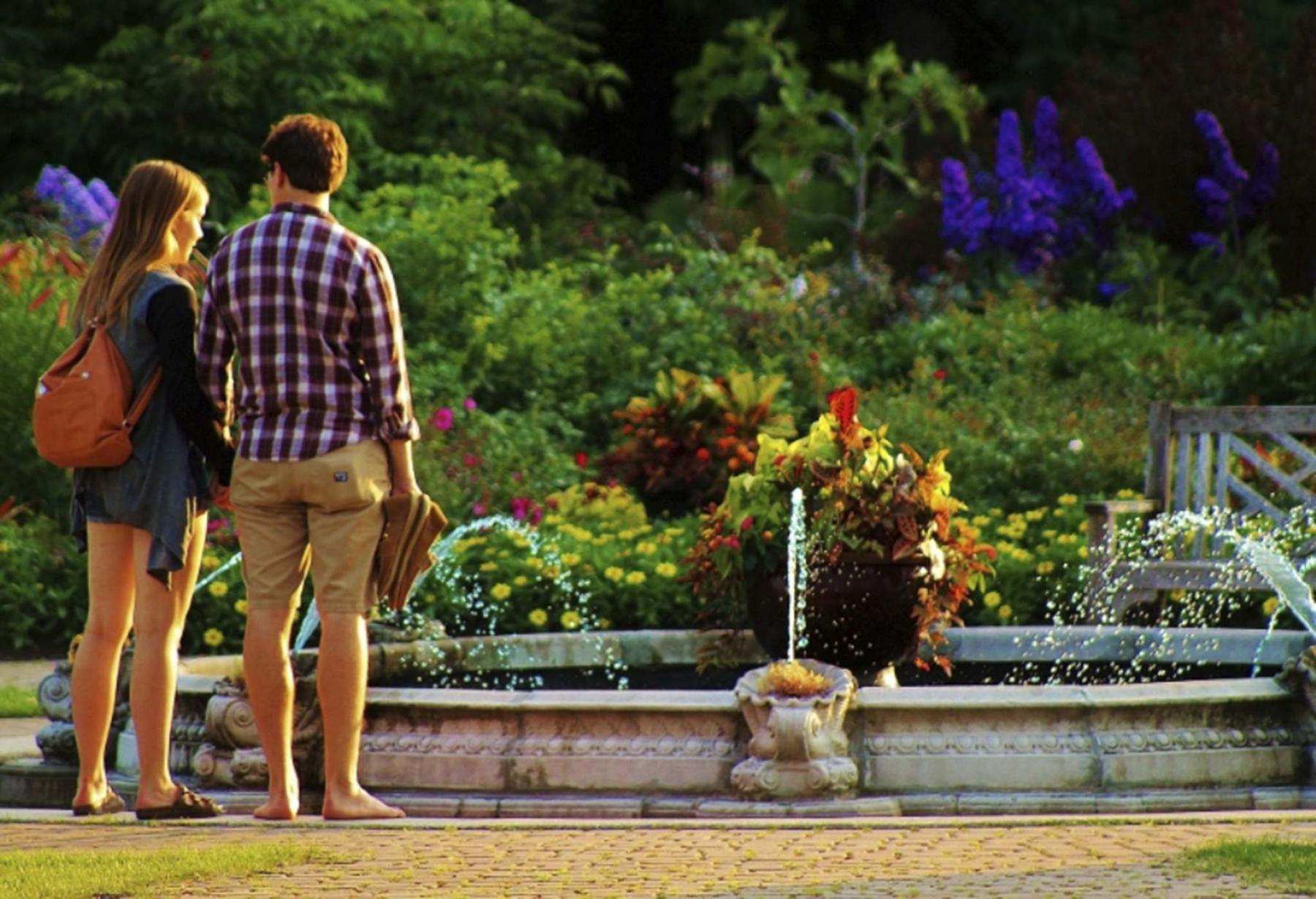
Assiniboine Park Conservancy
At last, the gardens at Assiniboine Park Conservancy are now open to the public.
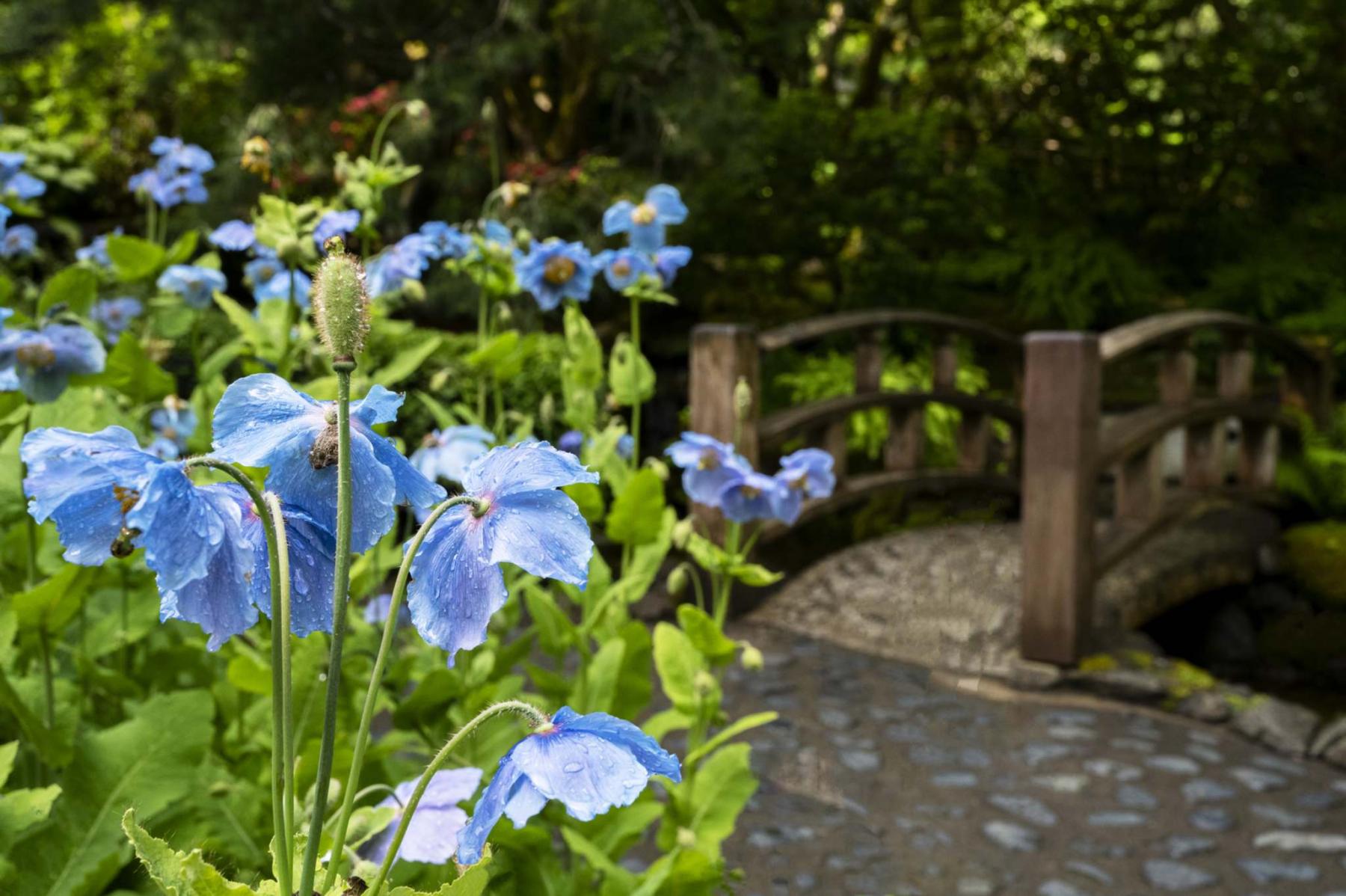
The Butchart Gardens
Discover the unparalleled beauty of the Blue Poppy in the Japanese Garden at The Butchart Gardens.
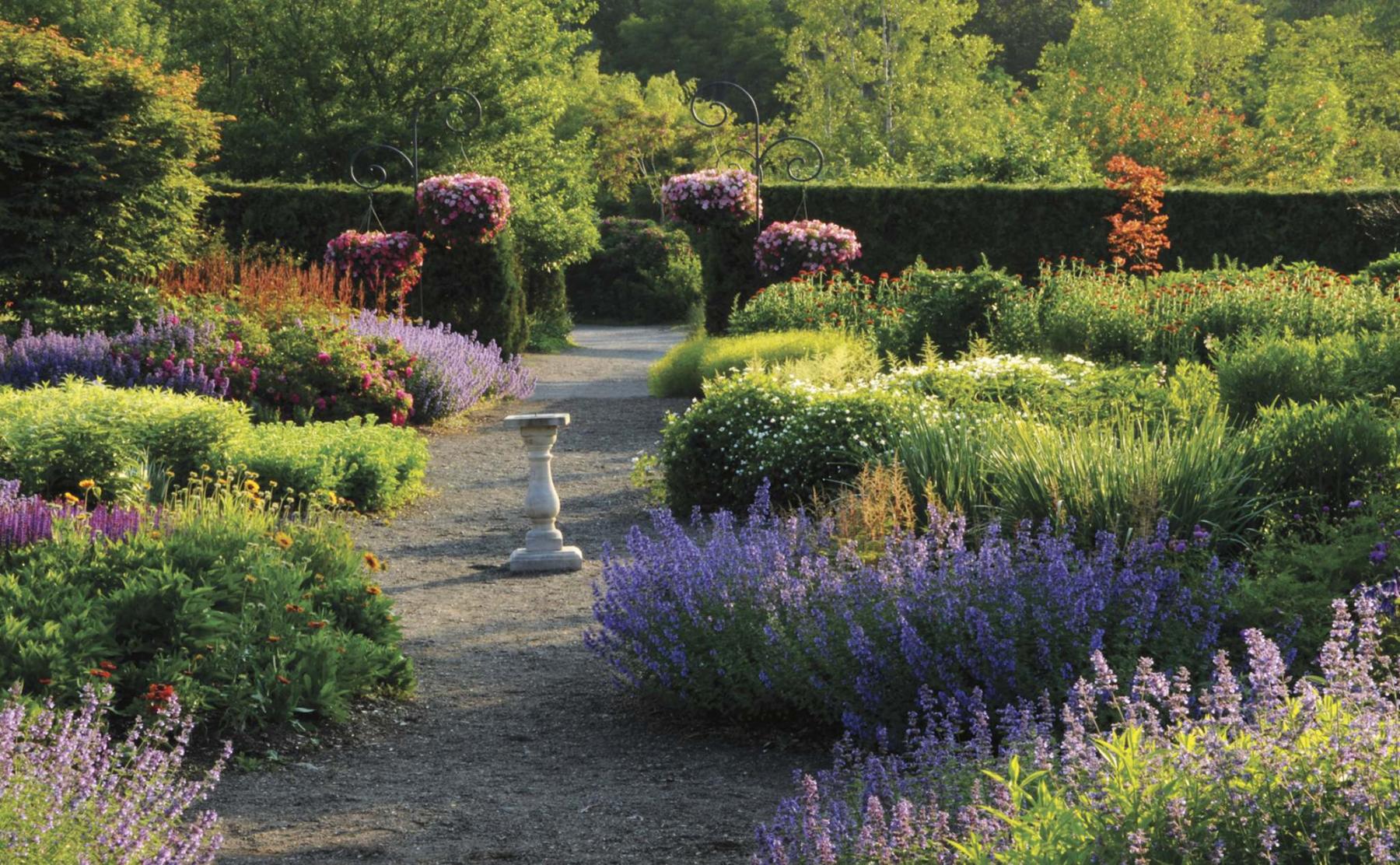
Andre Gallant
Kingsbrae Garden in St. Andrews-by-the-Sea, N.B., is the former estate of John and Lucinda Flemer.
Public gardens occupy a special place in our national psyche as well as our individual well-being. You can’t throw away the key to public gardens and yet, with all the entry bans and restrictions related to the COVID-19 pandemic, it’s been hard for the public not to feel shut out of their favourite places.
What has been the magnitude of the effect of mandated closures and restricted tourism on Canada’s public gardens?
"Canadian gardens are being heavily impacted by the COVID-19 closures while needing to retain skilled staff to maintain living collections, all at a critical time in the season from both revenue and workload perspectives. Expenses are incurred daily, regardless of the closure of the garden. Our members are in a survival crisis," says Michel Gauthier, executive director of the Canadian Garden Council.
Let’s begin in St. Andrews-by-the-Sea, N.B., which is home to Kingsbrae Garden, a 27-acre horticultural masterpiece. Kingsbrae Garden opened in 1998. The property is the former estate of John and Lucinda Flemer. Concerned about rising unemployment, their vision was to create not only a world-class garden but also an arts and culture base for New Brunswick as well as training and employment opportunities to help grow their community. Today, Kingsbrae is renowned for its international artist in residence program and is home to several gardens including an acclaimed White Garden, formal Knot Garden, and a Scents and Sensitivity Garden.
Brad Henderson is the director of operations at Kingsbrae Garden as well as deputy mayor for the Town of St. Andrews.
Like so many public gardens across Canada, Kingsbrae Garden faces a loss of revenue from the cancellation of festivals, events, corporate bookings and weddings. With provincial border bans still in effect in New Brunswick, Newfoundland and Labrador and Prince Edward Island along with the United States-Canada border closure, Kingsbrae will also lose tourism revenue brought in by bus tours and cruise ship passengers.
Still, Henderson says there is cause for optimism. He is seeing many examples of families who are purchasing memberships for the first time. "I can’t think of a better healing space than a garden," he says. "As much as 2020 will continue to be a challenging year in many ways, Canadians are going to have a fantastic opportunity to explore their local public garden and the outdoors in a safe environment."
Kingsbrae reopened on May 30. Lucinda Flemer, now 90 years old, was one of the first visitors. She visits Kingsbrae Garden every morning for a walk with her dog, Jasper.
The Jardins de Métis, known in English as the Reford Gardens, is located at Grand-Métis, Quebec. The property was originally owned by George Stephen, a key figure in the development of the Canadian West as founder of the CPR and builder of the St. Paul, Minneapolis and Manitoba railway from St. Paul to Winnipeg. In 1918, Stephen gave the estate to his niece, Elsie Reford, who devoted 32 years transforming it into what is today one of Canada’s most outstanding ornamental gardens. Her great-grandson is Alexander Reford, a historian by training, who today serves as the director of Reford Gardens.
More than five million visitors from across Canada and around the world have gone to Reford Gardens to visit the more than 30 historic and contemporary gardens which include 3,500-plus varieties of plants and species. There is the breathtaking Blue Poppies Reserve, Alley of Azaleas, Primroses Garden, and numerous others surrounded by natural beauty as well as a fascinating museum of gardening tools.
A leader in cutting-edge garden design, Reford Gardens hosts an annual international garden exhibition which is marking its 21st year. Staff has been preparing the contemporary garden installations which will open later this month. "What better place to learn about gardening than in a garden itself," says Reford who is exploring the creation of a digital learning environment.
Royal Botanical Gardens in Burlington, Ontario is the largest botanical garden in Canada. It features 60 gardens on 2,700 acres and more than 40,000 plants in five major garden exhibition areas. Created 80 years ago, RBG is a centre for horticultural conservation, teaching and learning.
With the rapid escalation of COVID-19 in Ontario, Mark Runciman, chief executive officer, had no choice but to completely close RBG except for a few staff members who continued to care for RBG’s living collections. Incredibly, concrete barriers had to be placed at RBG’s trailhead parking lot because the visiting public found it so hard to observe signage. Parking lots were becoming areas where people were congregating until wide trails were opened including trails that have a loop to them where one-way traffic could be introduced.
The arboretum which contains a lilac collection with over 600 varieties along with dogwoods and redbud trees – all in glorious bloom – is now open. The turnout has been as anticipated: crowds of visitors relieved to be able to walk through open, natural spaces and take in the sights and scents of beautiful vistas such as the Lilac Dell.
RBG hires 200 students each year but also depends on a volunteer workforce of 1500 volunteers who work in the gardens side by side with the professional gardeners. All of that has been disrupted. As a registered charity organization, RBG typically generates between 65 to 70 percent of its own revenue through admissions and memberships. Facility rentals also generate revenue. "It’s a whole different place now," says Runciman, "but it’s also an amazing place filled with wonderful plant collections and a place for people to relax and destress."
And now to Assiniboine Park. Established in 1904, Assiniboine Park, one of Canada’s largest urban nature parks, is located on 1100 acres in the heart of Winnipeg.
Assiniboine Park’s Zoo is the oldest remaining zoo in Canada. A major attraction and an important source of revenue for Assiniboine Park, the zoo reopened in mid-May. The English Garden, which in a normal year attracts throngs of visitors daily from around the world, opened this week along with the Leo Mol Sculpture Garden and the Streuber Family Children’s Garden. Protocols are in place for the gardens which are open to the public free of charge as well as the countless trails that serve as a year-round daily refuge and nature trek for numerous Winnipeg residents and visitors.
Currently underway at Assiniboine Park is the creation of Canada’s Diversity Gardens, a major project that will explore the human connection with plants and nature. Construction continues on The Leaf, a 6,000 square-metre facility that will house a tropical biome, Mediterranean biome, display house and butterfly garden. Gerald Dieleman, project director, says that construction of the future outdoor gardens is on schedule and he expects planting to take place sometime this year. Once completed, Canada’s Diversity Gardens will be a premier garden destination.
Dave Cowen, vice-chair, Canadian Garden Council and the director of The Butchart Gardens in Victoria, B.C., says public gardens across Canada are a defining and emerging piece of Canadian culture. "We are very important reflections of what Canada is and we need to survive."
There is a global appetite to travel to visit gardens, says Cowen. Public gardens are reliant on local visitation but also on visitors from other provinces and beyond. While the Canada Emergency Wage Subsidy provided by the federal government has been helpful, the reality is that with borders still closed public gardens are going to be in a reduced period of visitation. "We need rescue because this is a long term situation," says Cowen.
The Butchart Gardens relies on several hundred people to maintain the labour-intensive gardens year-round. "We can’t leave the gardens, close the front door and walk away," says Cowen. "We have to be here every day to look after the gardens and plant collections." There are many businesses, too, that depend on public gardens to stay open from bus companies and the ferry sector to hotels and restaurants.
Designated a National Historic Site of Canada in 2004, the year of its 100th anniversary, Butchart Gardens typically attracts over a million visitors annually. The indescribable beauty of its numerous garden rooms is the stuff of legends. The Japanese Garden, for example, contains 500 rhododendrons and azaleas, numerous Japanese Maples, and a sea of Himalayan Blue Poppies.
"Public gardens connect us with Nature and deliver an experience that is very important in our world," says Cowen, "especially now when the public needs a safe place to go and reflect."
colleenizacharias@gmail.com

